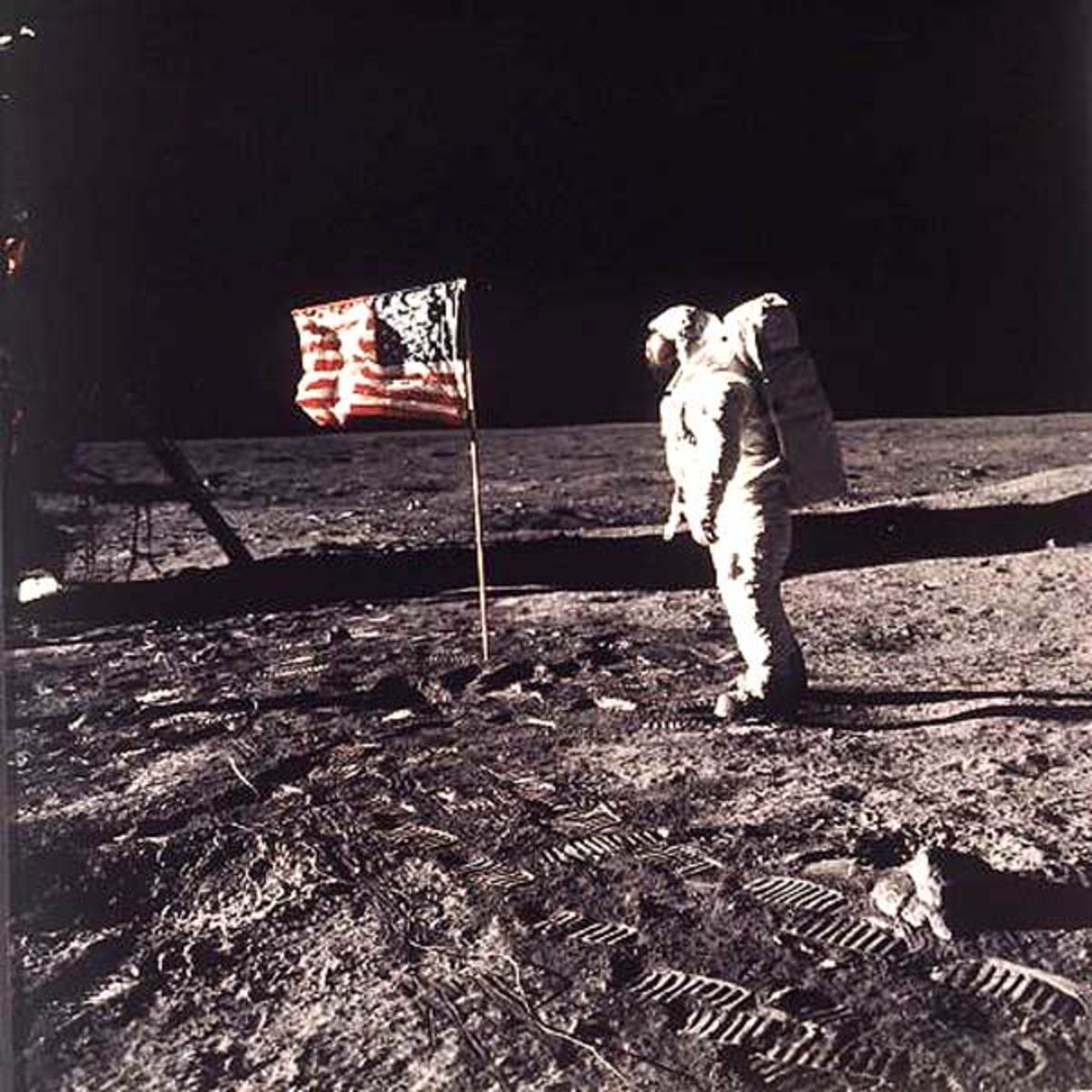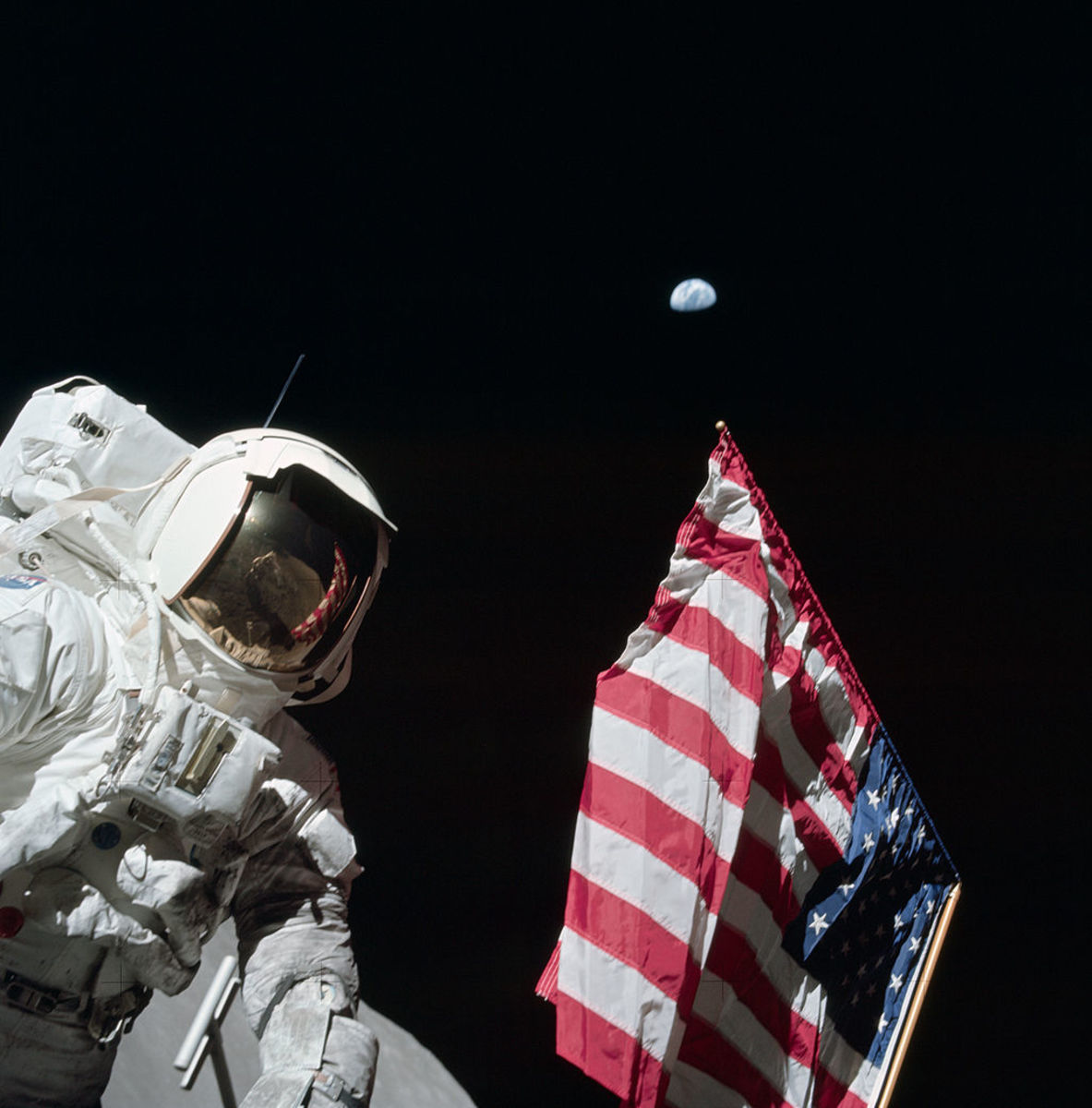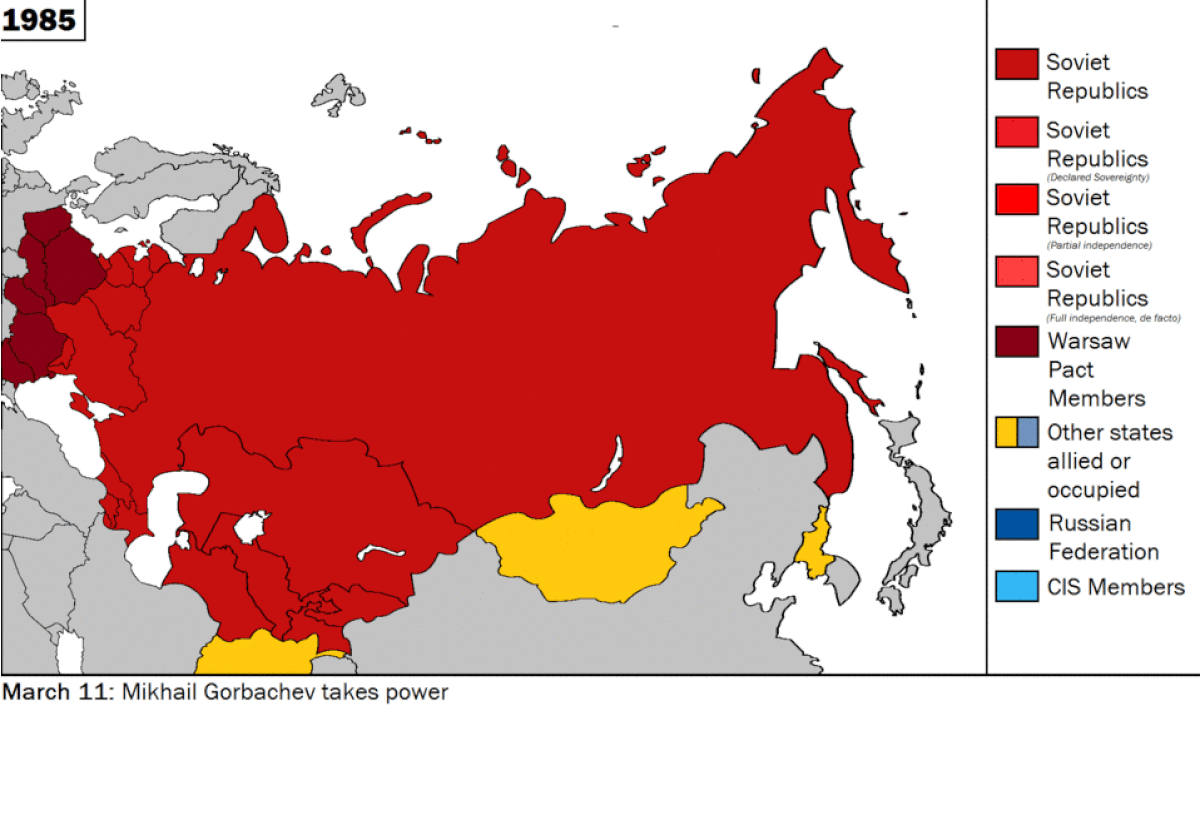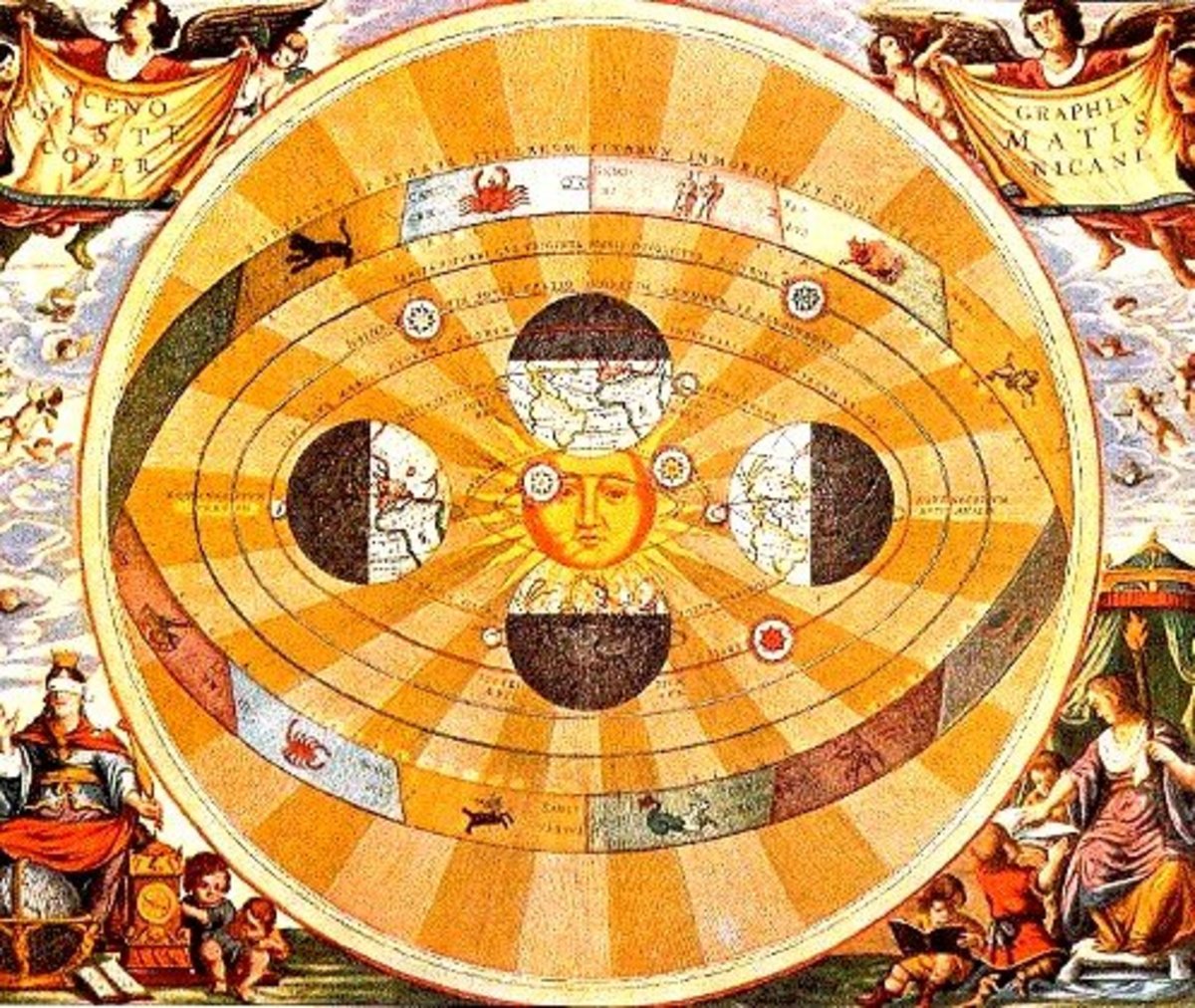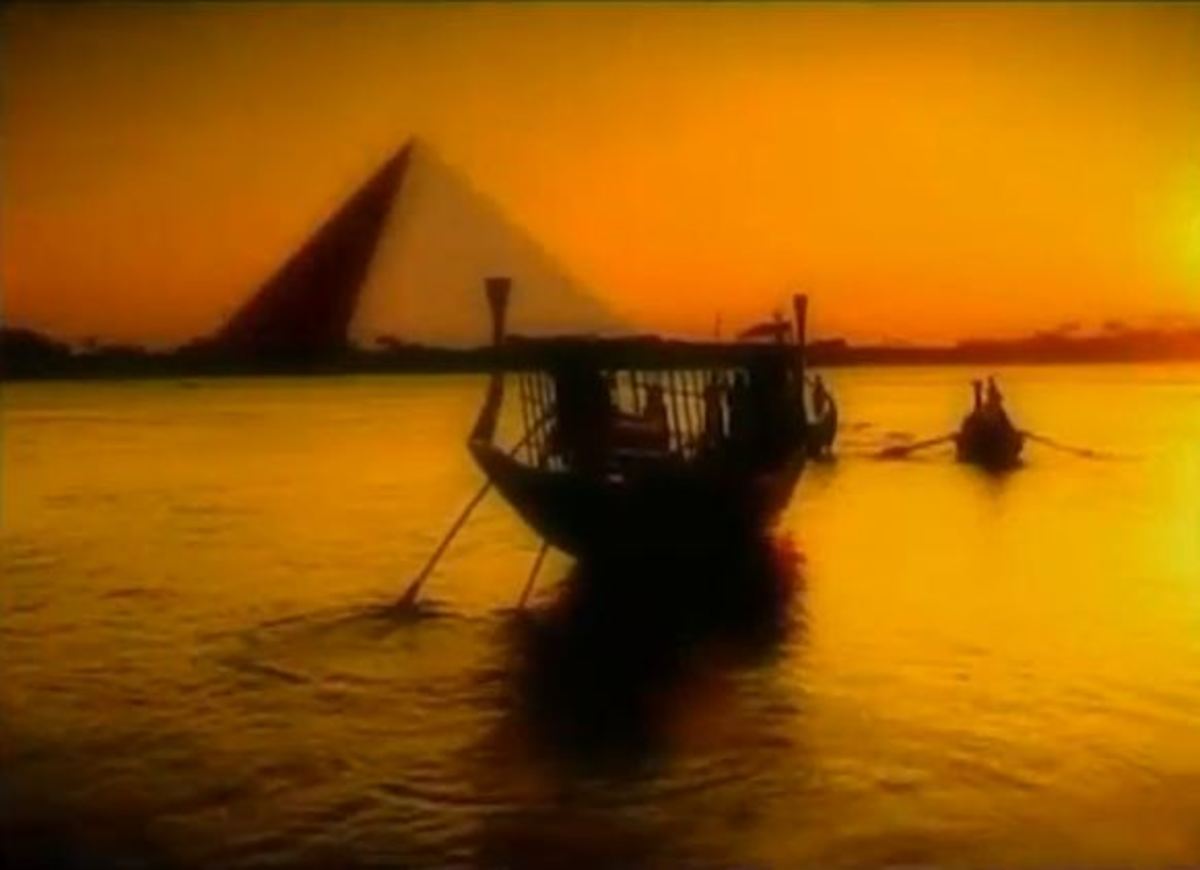- HubPages»
- Education and Science»
- History & Archaeology»
- Major Inventions & Discoveries
Apollo 11: The Cold War and the Trip to the Moon
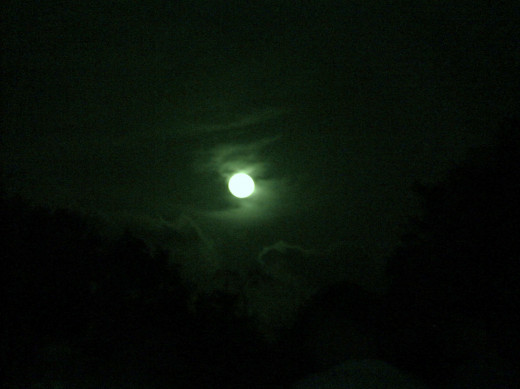
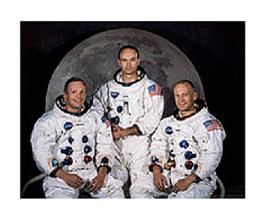
By Joan Whetzel
On May 25, 1962 President Kennedy made a speech to the joint Houses of Congress, issuing a challenge to America to become the first nation to reach the Moon. In the height of the Cold War, this was political move designed to push America to surpass the Soviet Union’s space program and to incite the country's resolve through national pride. The speech ignited a flurry of activity in the US space program, producing a number of successes and a few spectacular failures. The most spectacular success, however occurred on July 20, 1969, when Astronaut Neil Armstrong became the first human to set foot on the moon.
The Cold War on Earth and in space.
The Cold War between the US and the Soviet Union was, on the one hand, a space program rivalry and, on the other, a contest to see who wielded the most power and control; a contest that had no clear winners since the nuclear arms on both sides kept both sides in check. The space programs for the 2 nations was a contest that the Soviet Union was clearly winning, until President Kennedy issued his challenge to the American people to make a strong push for this ultimate frontier. This challenge was met with the Apollo 11 lunar landing, and the first men on the moon being Americans. Ultimately, with the fall of the Soviet Union and the joint efforts of the US, Russia, and multiple other nations worldwide, in a spirit of international cooperation, the Cold War and the space race no longer exists. Which begs the question: If it hadn't been for the Cold War and the political rivalry for a superior space program, would the current international space programs even be possible?
Apollo 11 Timeline
The preparations for the Apollo 11 lunar landing began in earnest in 1968 and culminated with the landing in July of 1969. The timeline that influenced the planning and execution of the Apollo 11 lunar landing included events occurring in the Soviet Union and the United States.
1968
September:
· The Soviet Union’s unmanned spacecraft, Zond 5, made its trip around the moon and before returning to Earth.
October:
· Apollo 7, under the command of Walter Shirra, was the first US manned spacecraft to enter Earth’s orbit.
· The Soviet Union launched the unmanned spacecraft Soyuz 2, which was place into orbit. It was followed a day later by Soyuz 3, under the command of Georgi Beregovoi, who conducted a rendezvous with the Soyuz 2.
November:
· The Soviet spacecraft, Zond 6, performed another trip around the Moon, then did a “skip reentry, intended to purposely bounce off the atmosphere as a means of reduce
December:
· Apollo 8 completed the United States' first manned orbit around the moon.
1969
March:
- Apollo 9 crew tested the Lunar Module while in Earth's orbit.
May:
- Apollo 10 made tested the command module and the lunar module around the moon.
July:
- July 19 - Apollo 11 took off from Kennedy Space Center for its mission to the moon.
- July 20 - Astronauts Neil Armstrong and Buzz Aldrin Landed the Lunar module on the surface of the moon at 4:18 PM EDT, notifying the Johnson Space Center, in Houston that "The Eagle has landed."
- July 20 - Armstrong and Aldrin stepped out on the moon's surface 6 hours later, at 10:56 PM EDT.
- Armstrong proclaimed the feat, "One small step for a man. One giant leap for mankind."
- Astronaut Michael Collins remained on board ship, in lunar orbit, until the lunar capsule returned Armstrong and Aldrin to the ship after a 15 hour trip on the moon's surface.
- July 24 - Following an 8 day space flight, Apollo 11 crew returned to Earth, splashing down in the Pacific Ocean.
- After being released from the capsule by navy divers, the astronauts were placed immediately into a 21 day quarantine aboard the Hornet, as a precaution against possible germs brought back from the moon.
The Apollo 11 Crew
The crew consisted of: Neil Armstrong, the flight commander; Michael Collins, the pilot of the command module, and Edwin "Buzz" Aldrin, the pilot of the lunar module. All 3 men had been into space on earlier missions.
In addition to the crew, a backup crew trained to take the place of any or all of the crew in case of illness or any other problems which would have prohibited them from going into space. The backup crew consisted of: James Lovell, Jr. as the flight commander; William Anders and the pilot of the command module; and Fred Haise as the pilot of the lunar module. Anders was replaced by Ken Mattingly after Anders retired from NASA and took on a job with the National Space Council.
Charlie Duke, Ronald Evans, Owen Garriott, Don Lind, Ken Mattingly, Bruce McCandless II, and Harrison Schmitt worked in the Capsule Communicator (CAPCOM) positions at Johnson Space Center during the flight. Bill Pogue and Jack Swigert were also on support crew at Johnson Space Center. The Flight Directors included Cliff Charles worth covering launch and EVA (extra-vehicular activity), Gene Krantz covering lunar landing, and Lynn Lunney covering lunar ascent.
Call Signs
Each space mission for NASA had its own call signals, nicknames given to the command module and the lunar module that distinguished one space flight from all of the others. In the case of Apollo 11, the command module, in which Michael Collins remained during the lunar landing, was given the Call Sign Columbia after the Jules Verne's spaceship in "From the Earth to the Moon" called the Columbiad. The lunar module, used by Armstrong and Aldrin during the moon landing, used the Call Sign The Eagle after the US national bird, the bald eagle.
References
PBS. Race to the Moon.
http://www.pbs.org/wgbh/amex/moon/timeline/timeline2.html
National Archives. The Apollo 11 Flight Plan.
http://www.archives.gov/exhibits/featured_documents/apollo_11_flight_plan/
Featured Documents. Flight Plan for the 102nd Hour of the Apollo 11 Mission.
http://www.archives.gov/exhibits/featured_documents/apollo_11_flight_plan/flight_plan.html
Featured Documents. Apollo 11 Flight Plan, Commemorating the 30th Anniversary of the Apollo 11 Moon Landing
http://www.archives.gov/exhibits/featured_documents/apollo_11_flight_plan/
Wikipedia: Apollo 11


